Effortlessly Recover Deleted Partition on Windows 10
- Home
- Support
- Tips Data Recovery
- Effortlessly Recover Deleted Partition on Windows 10
Summary
Discover the steps to restore a deleted partition on your Windows 10 hard disk, and effectively retrieve your data with the actionable techniques outlined in our detailed guide.
Table of contents
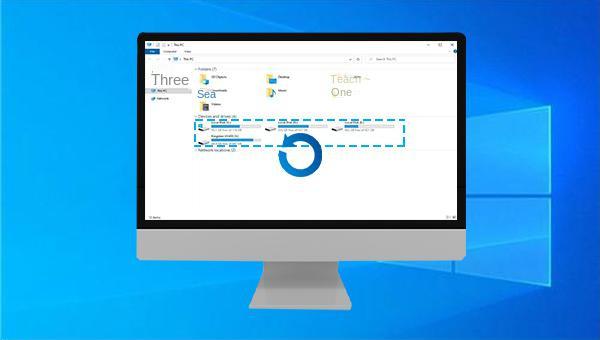

Easy to use 3 steps to recover formatted data back.
Multi Recovery Modes File recovery, Whole partition recovery and Whole disk recover are available.
Support Different File Types Photos, videos, audios, files, emails, etc.
Image Creation Creat image for disk or parititon.
Compatible with Different Devices SD card, SDHC, SDXC, USB disk, computer, etc.
Easy to go 3 steps for whole recovery.
Multi Recovery Modes Files/partition/disk recovery modes.
Support Different Devices SD card/USB disk/hard disk, etc.
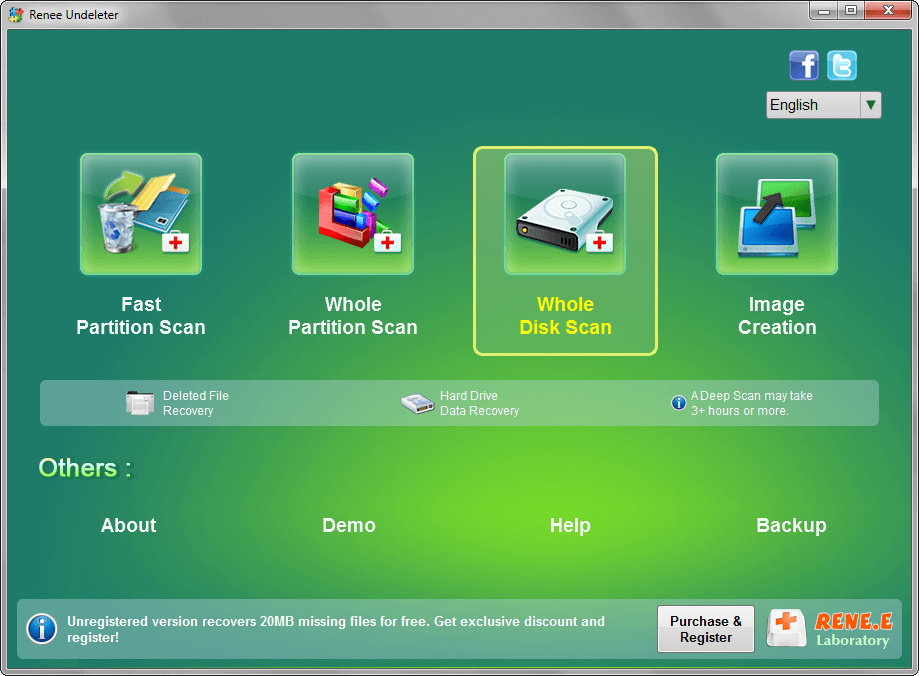
- Fast Partition Scan: Recovers files lost from accidental deletion or recycle bin clearance.
- Whole Partition Scan: Restores files from inaccessible or formatted partitions.
- Whole Disk Scan: Analyzes partition information for a comprehensive scan of the entire disk.
- Image Creation: Generates a partition mirror image for backup purposes.
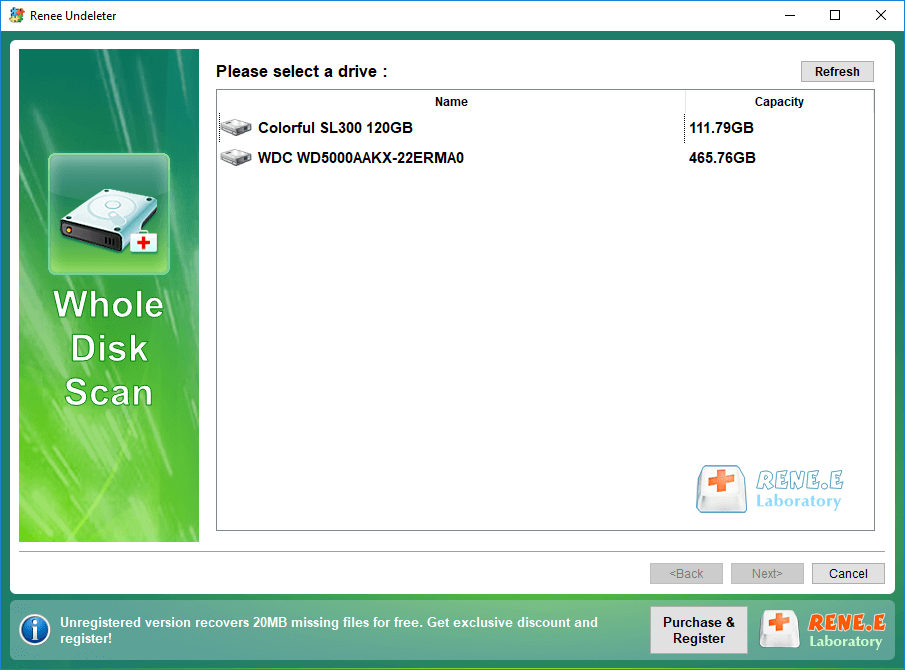
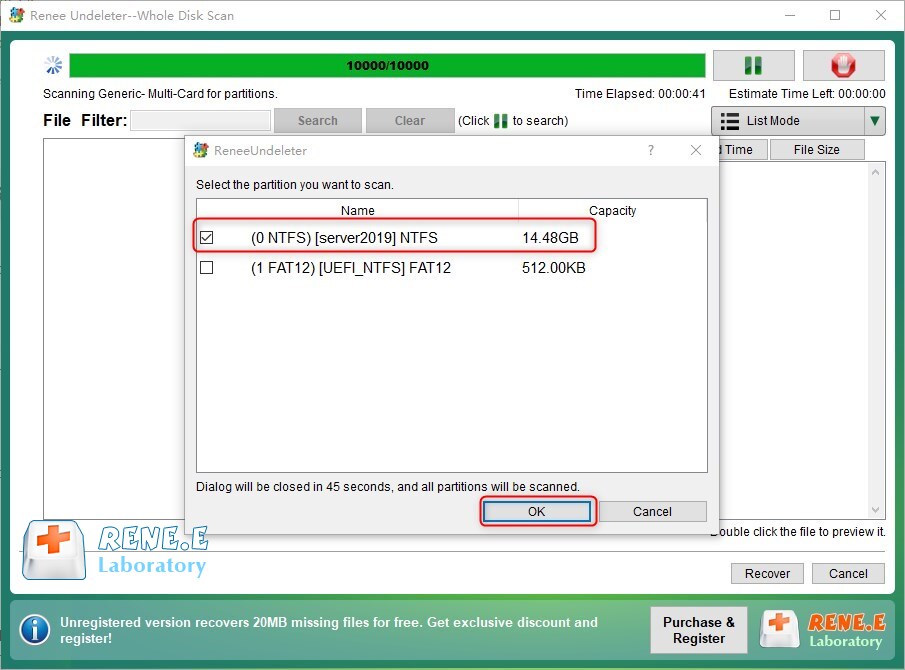

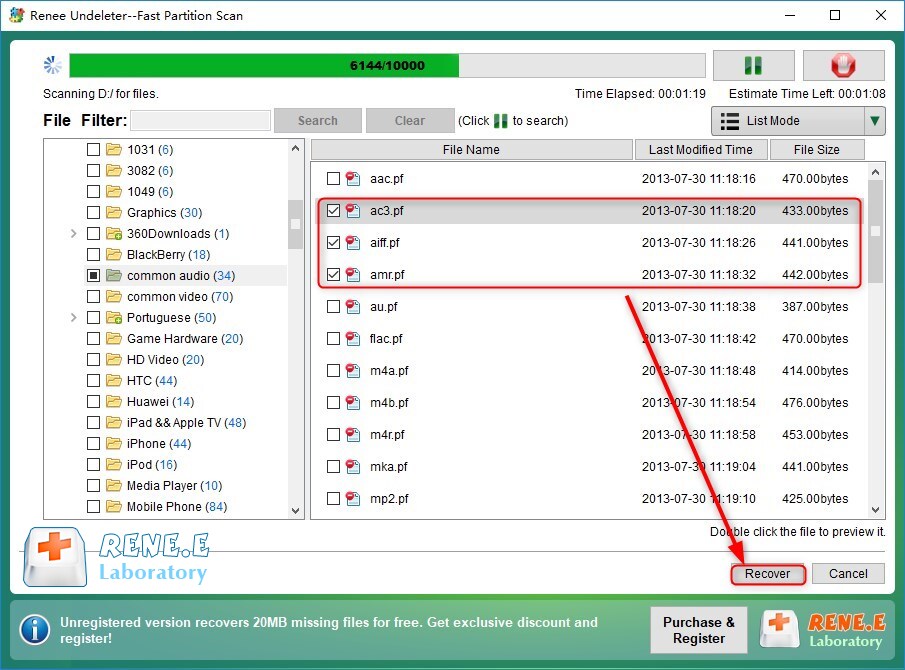
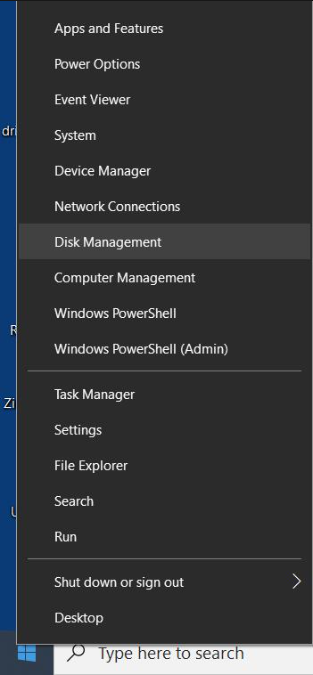
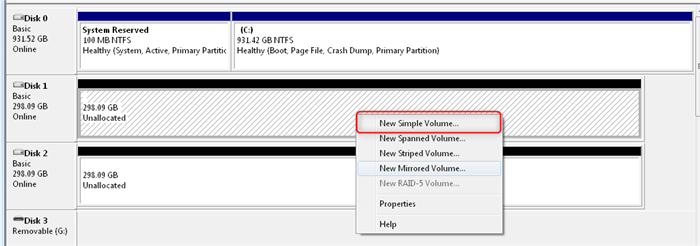
NTFS, exFAT, FAT32). Review the features and differences of each file system to select the most suitable one. Once configured, click Finish to finalize the partition creation. You can then access and use the new partition in File Explorer and restore any previously backed-up data.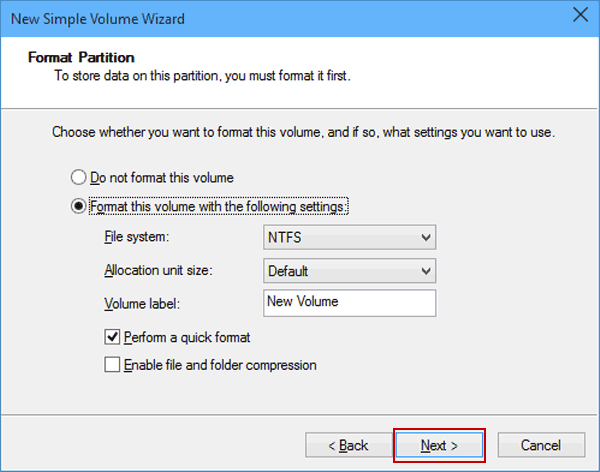
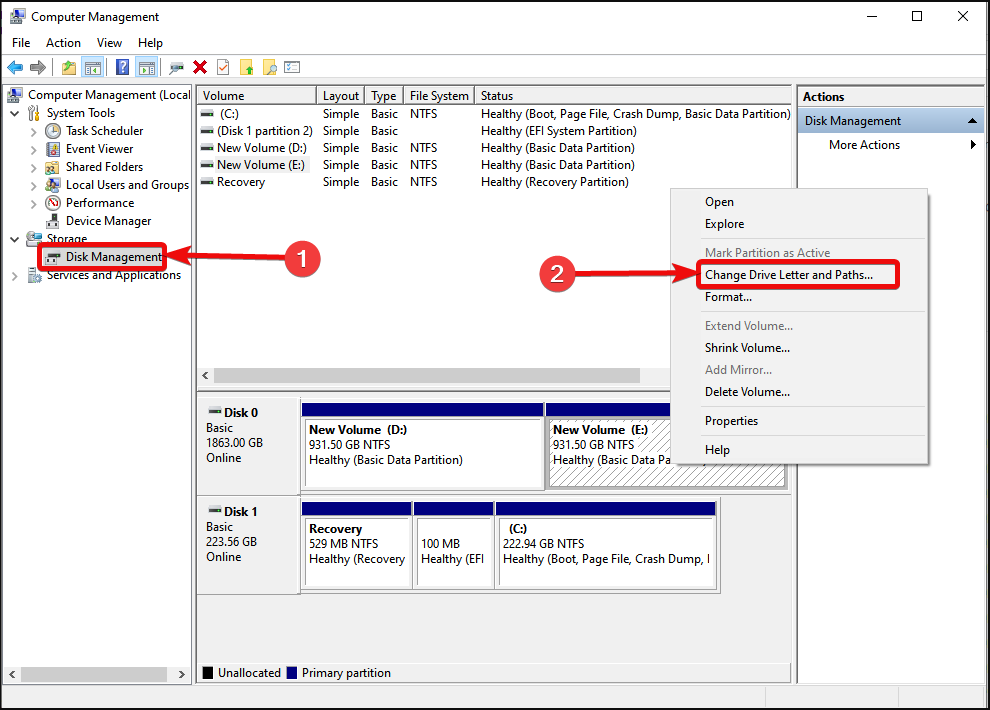
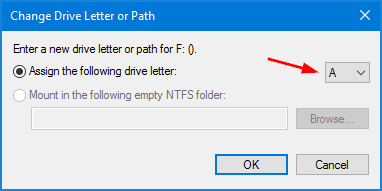
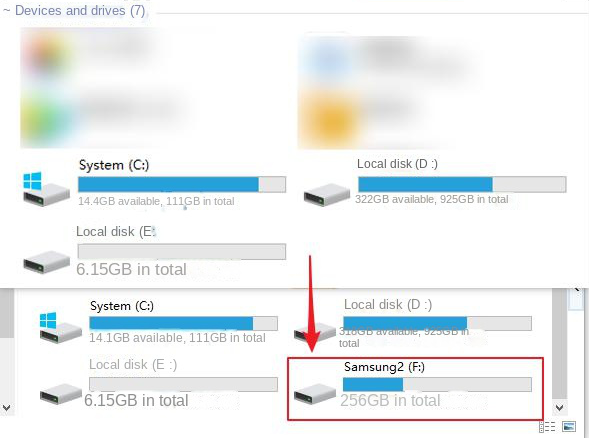

diskpart
list volume
select volume 7
assign letter=M
exit
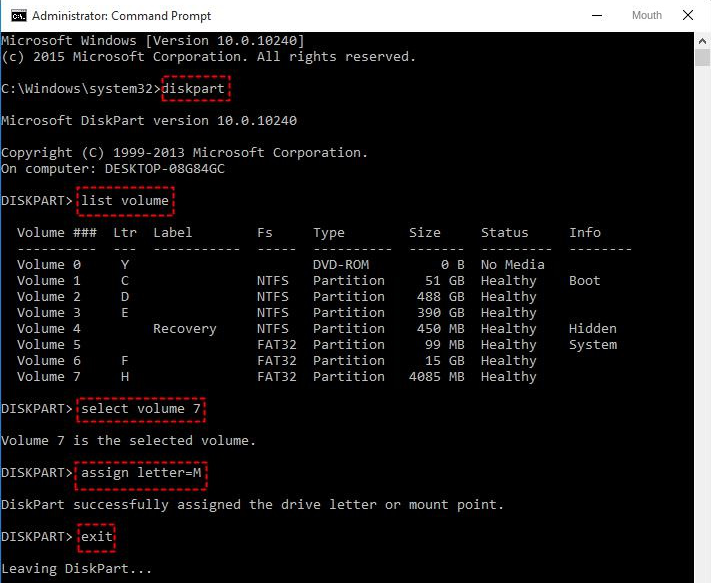
Relate Links :
How to Fix When Files on SD Card Not Showing up on Android?
27-12-2021
Amanda J. Brook : Sometimes, the SD card files are not showing up on Android. How can we solve the problem? In...
How to Fix GoPro SD Card Error?
14-09-2024
Ashley S. Miller : Some people meet with the GoPro SD card errors, such as “NO SD” and “SD ERR”. In this...
Solutions to SD Card Unexpectedly Removed on Android
24-12-2021
Jennifer Thatcher : Some Android users complain that they always receive the notification saying that the SD is unexpectedly removed. In...
How to Fix Corrupted SD Card on Android?
16-12-2021
John Weaver : SD card is used in various devices, phones, cameras and video games. How to fix the corrupted SD...




